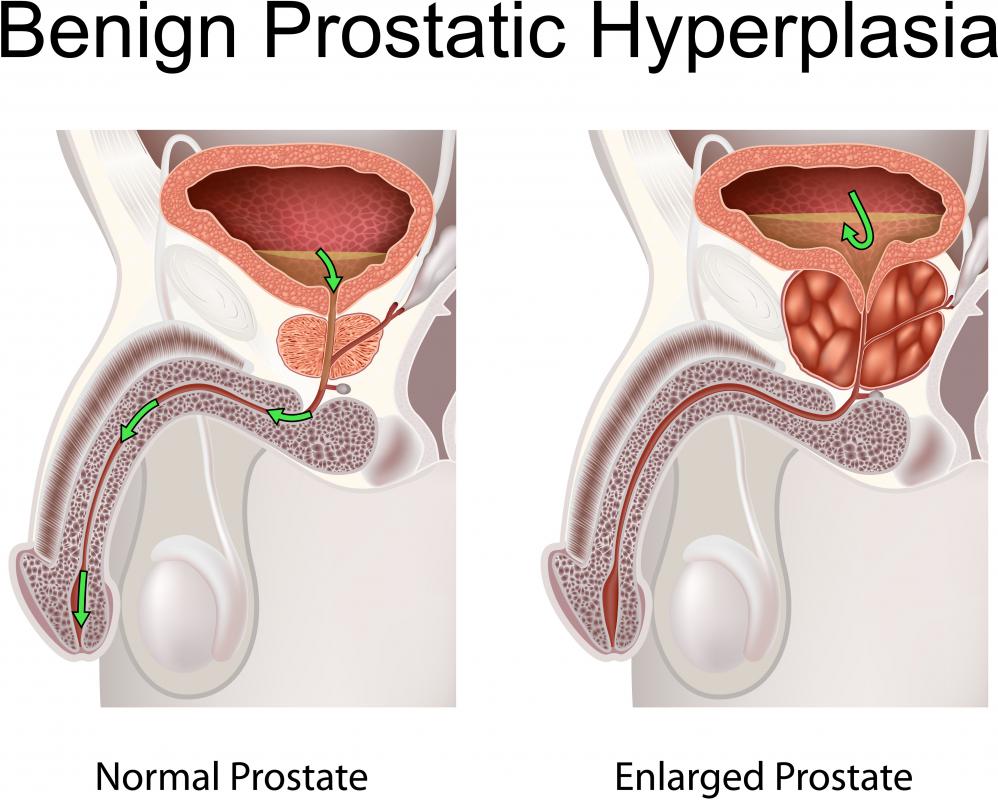At WiseGEEK, we're committed to delivering accurate, trustworthy information. Our expert-authored content is rigorously fact-checked and sourced from credible authorities. Discover how we uphold the highest standards in providing you with reliable knowledge.
What is the Connection Between BPH and Saw Palmetto?
The connection between BPH and saw palmetto is that saw palmetto is considered an effective treatment for BPH, often used rather than prescription medications by BPH sufferers. Saw palmetto extract is used by many people to treat benign prostatic hyperplasia. The use of saw palmetto is especially widespread in Europe, where up to half of the urologists treating BPH prescribe saw palmetto rather than prescription medication.
The prostate gland is part of the reproductive system. As a man ages, it is common for the prostate gland to become larger. This condition is known as BPH and saw palmetto can ease the discomfort of the condition. Symptoms of BPH usually develop after the age of 40, and a man's risk of developing symptoms increases with age. Men over 60 have a 50 percent chance of developing BPH, while men over 70 have a 90 percent risk of developing the condition. The most common symptoms of the condition are frequent urination and difficulty urinating.

BPH and saw palmetto treatment is popular because saw palmetto is believed by many to be as effective at treating BPH as prescription medications, such as finasteride. Additionally, saw palmetto is more affordable than prescription medicine and is generally well-tolerated. Drug interactions are not normally a concern with saw palmetto and side effects are both less common and less troubling than side effects of prescription medications.

Clinical studies measuring the effectiveness of saw palmetto determined that 320 milligrams, either taken once daily, or divided into two 160 milligram dosages, is effective at treating the symptoms of BPH. The saw palmetto extract should contain 80 to 90 percent volatile oils. Increasing the dosage to 480 milligrams did not increase the effectiveness of treatment. BPH and saw palmetto tea are not an effective combination. The tea lacks the volatile oils that are the active ingredient in treating BPH.

While saw palmetto is an effective treatment for BPH, its effectiveness at treating chronic prostatitis has not been proven. Side effects of taking saw palmetto are rare, and may include mild gastrointestinal upsets. Saw palmetto is not known to have any drug interactions, and does not interfere with prostate cancer diagnosis.
Saw palmetto comes from the American dwarf palm tree. The tree grows natively in coastal areas of the southern United States and California. The saw palmetto is extracted from the fruit of the tree, which is first partially dried.
AS FEATURED ON:
AS FEATURED ON:














Discussion Comments
I have heard that nettle is also a useful herbal remedy for BPH. I wonder if it as good or better than Saw Palmetto?
Post your comments